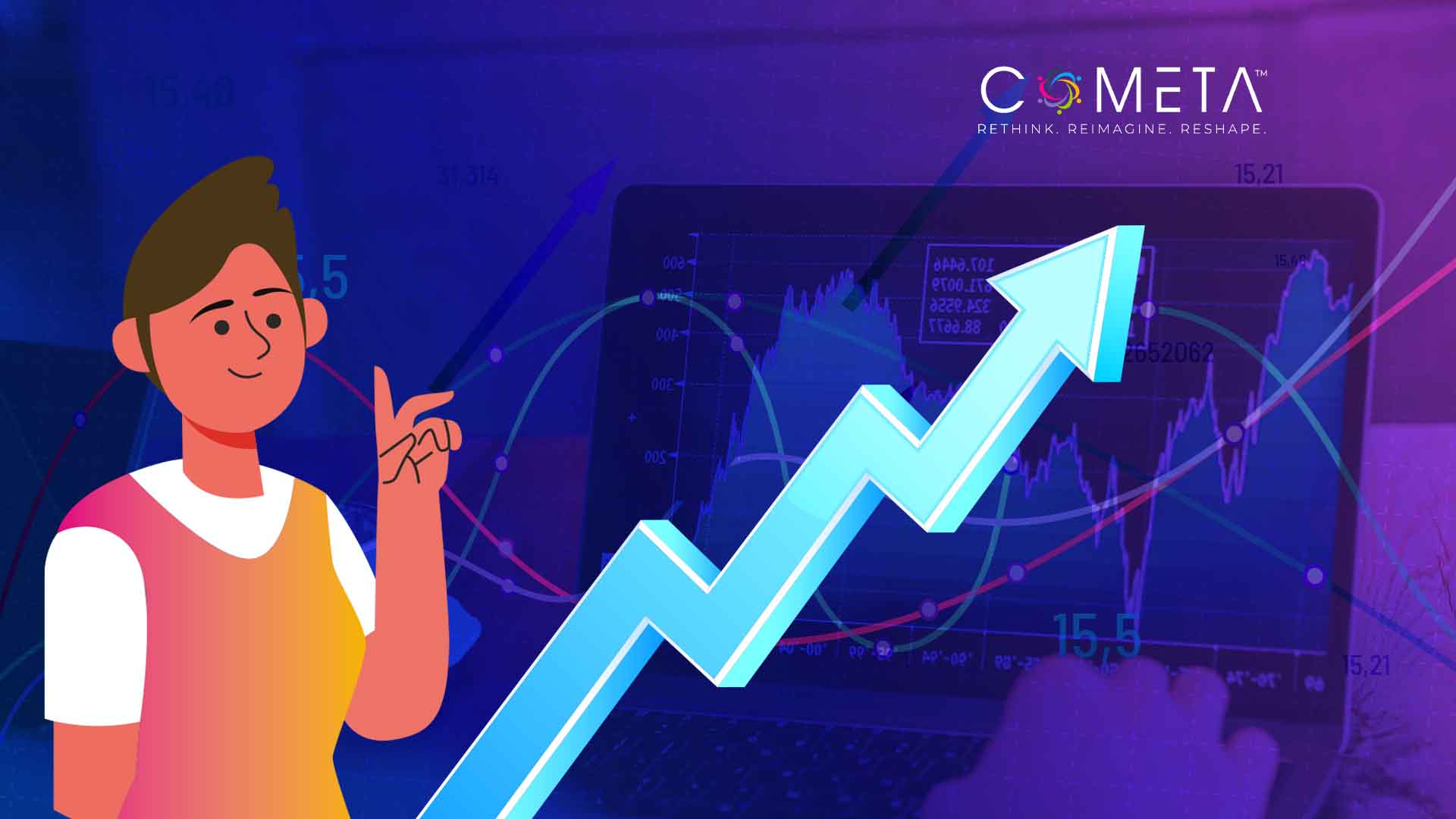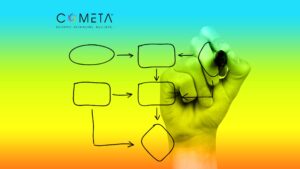Civil society organizations are essential to build a more fair and equitable society. Yet, how do we measure our impact and ensure we achieve our objectives effectively? The response lies in the use of key performance indicators (KPIs). Have you heard about key or strategic indicators? Do you know how they work? What do they assess? Whom do they serve and whom they don’t?
What are key performance indicators?
Indicators are tools to track the progress of the objectives or changes that our organizations seek to achieve. Their goal is to show the extent to which we are meeting our organizational objectives, whether advocacy or internal.
An ‘indicator’ is defined as ‘something that indicates, which means to point out something with signs or clues’. The Mexican National Council for the Evaluation of Social Development Policy (CONEVAL) defines an ‘indicator’ as a quantitative or qualitative tool that shows traces or signs of a situation, activity, or outcome. It is an instrument that provides evidence of a specific condition or the accomplishment of certain outcomes.
Each indicator provides relevant and unique information about something: a sign that can be interpreted uniquely since it only has one goal. Indicators have only one concrete goal, and being single, information related to the indicator is unique.
Why are key performance indicators relevant?
Key performance indicators (KPIs) are essential for evaluating our success since they measure progress toward stated goals and provide valuable information for decision-making.
In addition, they effectively communicate our organizational impact on our donors, colleagues, and community. Indicators are relevant because:
- They measure progress towards our stated objectives and goals. Without them, it would be difficult to tell if our institutional objectives and our projects are going in the right direction.
- They support evidence-based decision-making. This is key because indicators provide accurate information to identify areas for improvement, allocate resources effectively, and get back on track, if necessary.
- They facilitate accountability: key performance indicators allow us to be transparent and responsible with our donors, colleagues, and community. By showing tangible results, we demonstrate our commitment to our objectives and the effectiveness of our efforts.
- They make an efficient use of resources: by measuring performance through key indicators, organizations could identify areas that require additional investment and those that require review or redirection.
- They inspire us! Observing and measuring the progress of our work can motivate us by making the result of our daily efforts tangible. Knowing that our individual work contributes to our collective goals can increase our professional satisfaction and commitment to our organizational agenda.
How to develop a key performance indicator?
An indicator is not only a number or a piece of data. For instance, if we report to a donor that our indicator is ’10 workshops held’, this is not really an indicator because:
- Indicators should represent the relationship between two or more variables.
- A number needs a context, which could be linked to geography or time.
It is easier to identify accomplishments with a point of comparison. Therefore, following our example, a better indicator would be: “This year, we held five more workshops than the previous year.”
Types of key performance indicators
What type of indicator best suits my organization? The response depends on what I want to know:
- Do I want to learn how to achieve my objectives?
- Do I want to understand how I am doing my job?
In the first question, the key is to measure the degree to which my objectives are being met; I want to know how good I am at doing what I do; therefore, I need to build effectiveness indicators (or outcomes).
In the second question, the key is to know how good I am at doing my activities or using my resources, so I need to design efficiency indicators (or process).
Can I design both types of indicators? Of course! The clue is to have a clear picture of the purpose of each one and not expect an efficiency indicator to tell me if I am meeting my objectives.
Further discussion on developing key performance indicators (KPIs)
- Don´t get caught up in the ‘measurement fever’, because indicators are not the solution to all problems. An indicator will work if you ask the right question. That is, you must know what you want to measure, why it is relevant for you to measure that, and what that measurement is telling you.
- The discussion on which indicators to design is more than just technical. It also involves a political aspect that responds to what you want to highlight about your organization’s work. In addition, it also refers to what you like to learn from your own work: the indicator will help you see what is working and what is not; it will help you decide what to change to fulfill your expectations.
- The best indicator is the one you can design, not the one you want to create. This means you need to possess the information to develop it. If you don’t have that information, you should pose the following questions: how much time would it take me to gather such information? Who will generate it? Who will process it? When developing indicators, quality is more valuable than quantity.
- You should never forget that indicators are not an end but a tool to help you know and learn your work better.
It is crucial to have tools such as key performance indicators to leave the mark you want to make because they allow you to define and measure the progress toward your stated objectives. They are an excellent help to evaluate if your decisions are the best and -based on clear and transparent information- consider other decisions you should make.





